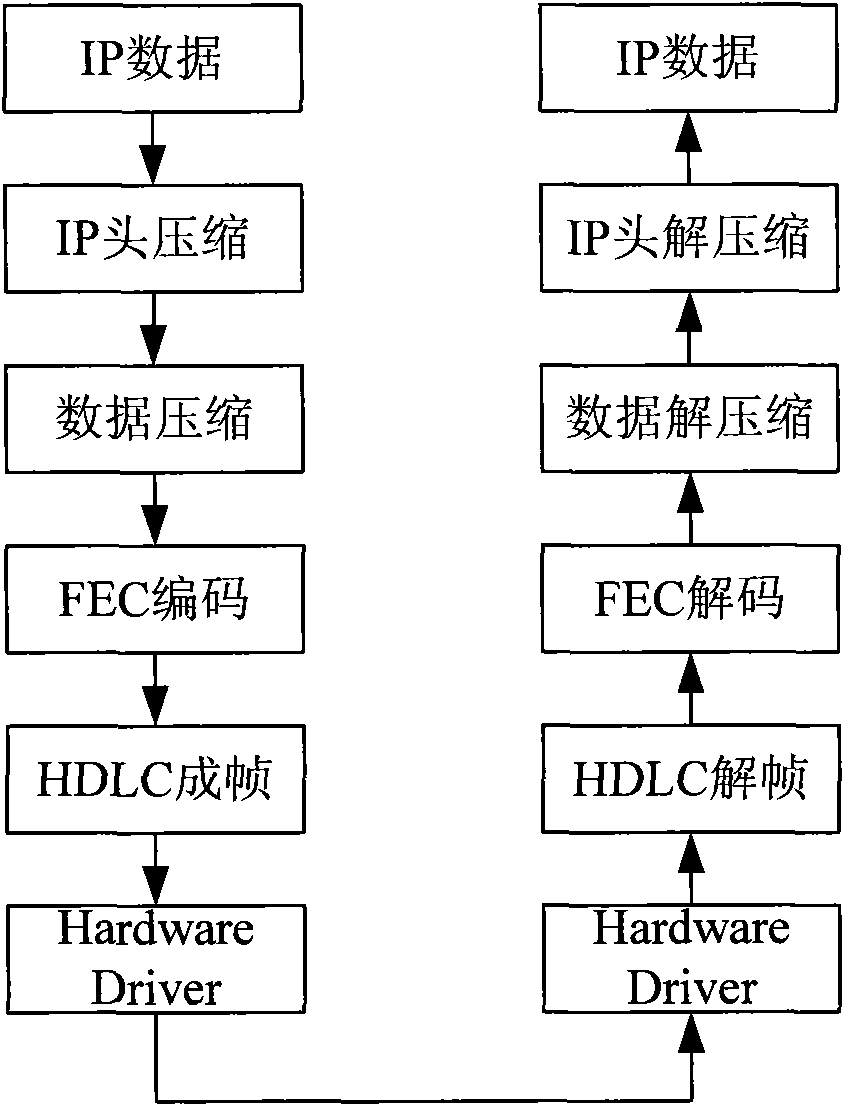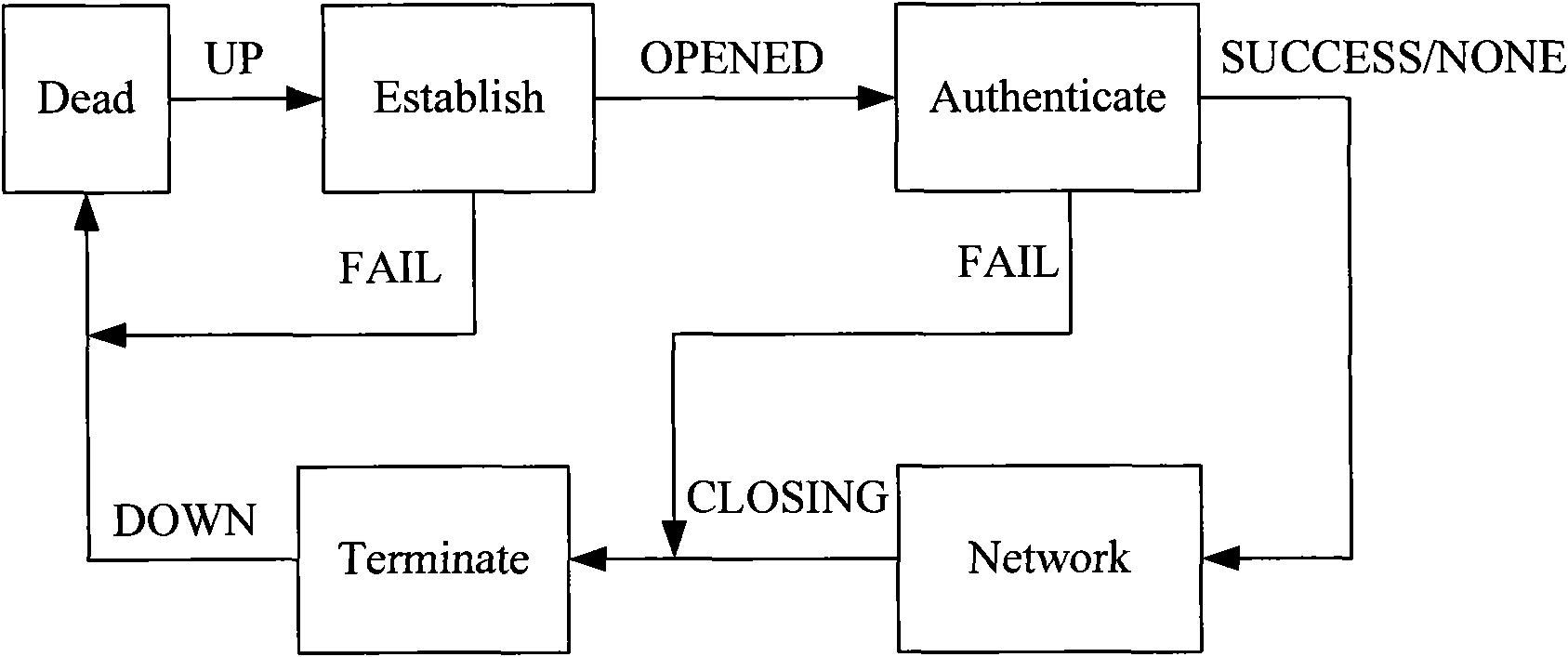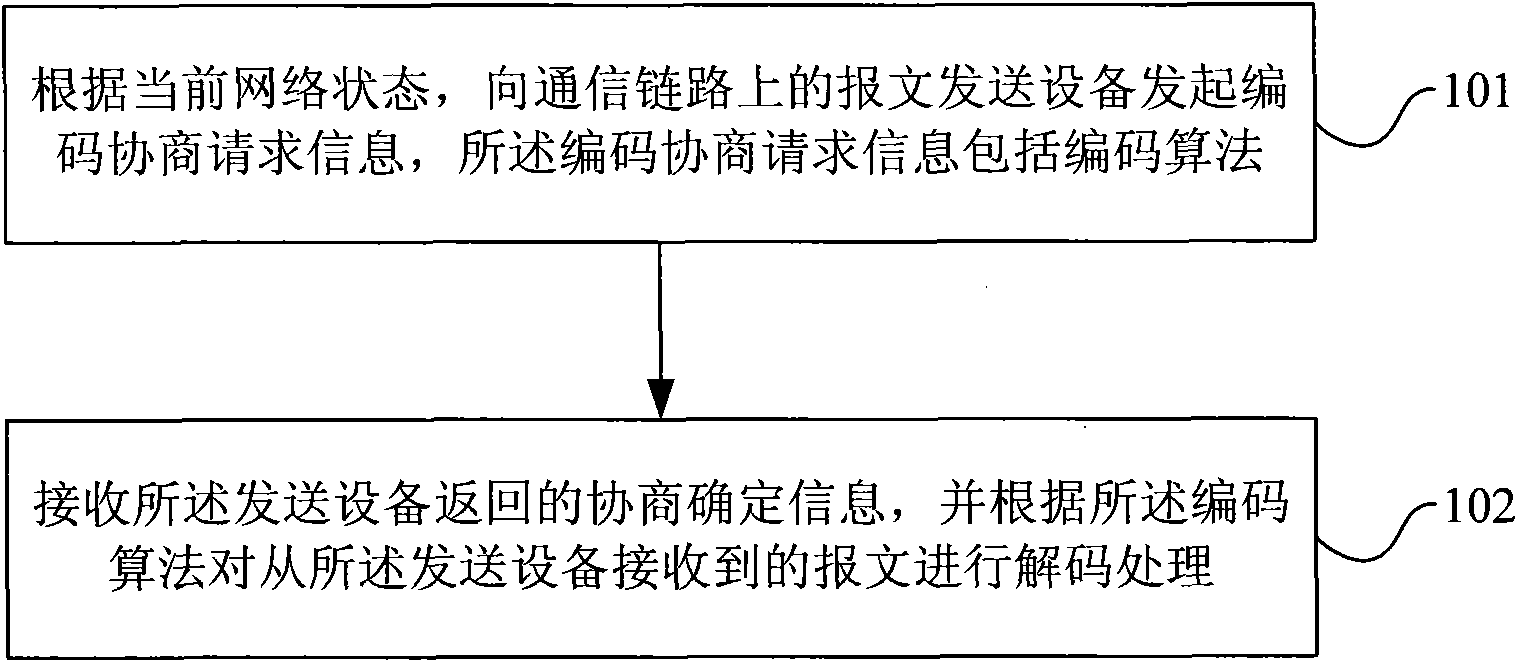Method, device and system of self-adaptive dynamic forward error correction coding
A forward error correction coding and adaptive technology, applied in the field of adaptive dynamic forward error correction coding, can solve the problems of low efficiency and reliability of data transmission, inability to adapt to data, etc., achieve accurate and reliable data transmission, and improve data quality. The effect of transmission efficiency and the need to improve data transmission
- Summary
- Abstract
- Description
- Claims
- Application Information
AI Technical Summary
Problems solved by technology
Method used
Image
Examples
Embodiment Construction
[0036] The technical solutions of the present invention will be described in further detail below with reference to the accompanying drawings and embodiments.
[0037] The embodiment of the present invention can be applied to a network for message transmission based on forward error correction technology. Specifically, the embodiment of the present invention can establish an encoding negotiation mechanism between the sending device and the receiving device of the communication link for message transmission, The sending device or the receiving device can actively initiate a coding negotiation request message to the other party according to its own network status, and establish a suitable coding algorithm between the two parties, so that when forward error correction coding is performed using the negotiated coding algorithm, the sending device and the receiving device The communication between them can be synchronized, which can effectively ensure the efficiency of data transmissio...
PUM
 Login to View More
Login to View More Abstract
Description
Claims
Application Information
 Login to View More
Login to View More - R&D
- Intellectual Property
- Life Sciences
- Materials
- Tech Scout
- Unparalleled Data Quality
- Higher Quality Content
- 60% Fewer Hallucinations
Browse by: Latest US Patents, China's latest patents, Technical Efficacy Thesaurus, Application Domain, Technology Topic, Popular Technical Reports.
© 2025 PatSnap. All rights reserved.Legal|Privacy policy|Modern Slavery Act Transparency Statement|Sitemap|About US| Contact US: help@patsnap.com



